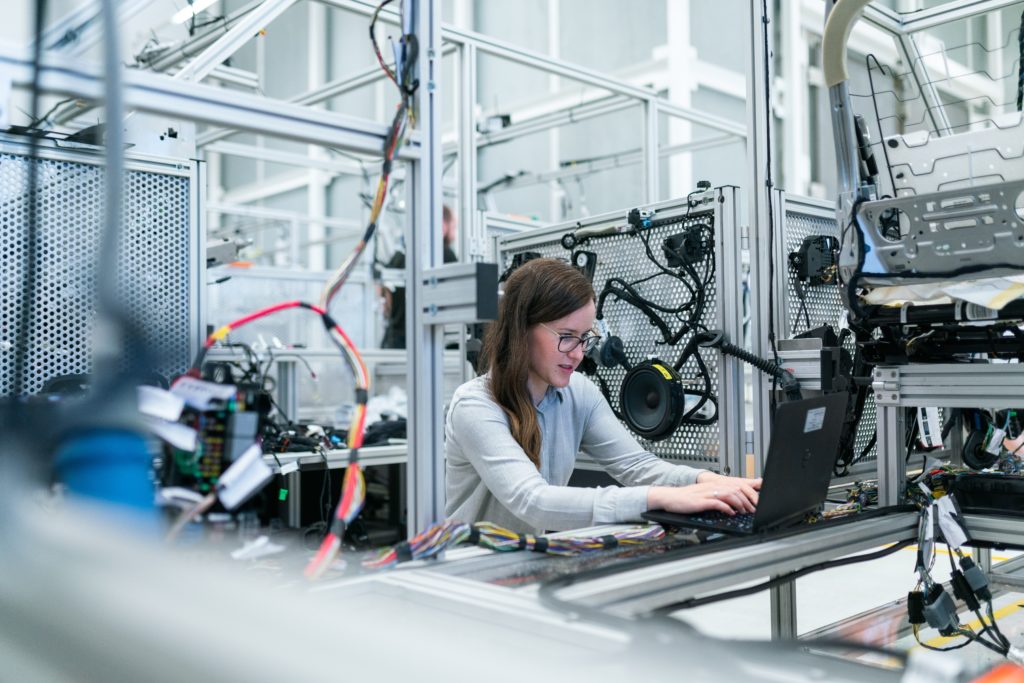
Traditional Authoring vs. 3D Technical Publications with PLM
By Kutay Can Yinanc
As the number of complex products increases, technical documentation has become more important for companies and customers than before. Publications increase the efficiency of technical products and support internal / external product development and organizational decision-making. On the other hand, comprehensive technical content ensures the satisfaction of customers and the reputation of the enterprise. The challenge here is to provide technical documentation clear, concise and reliable, and to be compatible with the product complexity. Examples of well-accepted documentation from manufacturers include operating instructions/ job cards, spare parts catalogs, user/owner's manuals, operation and maintenance manuals, training manuals.
Traditional Authoring
Together with the development of the industry, technical content has also started to evolve. While traditional methods of producing technical documentation used various infrastructures such as; Word, Excel tables and FrameMaker structures etc., CMS systems were used to organize information according to product structure - bill of materials. Following this, the way to create effective publications has been to engage more with authors to tailor documentation for the customers. It is possible to do this by incorporating information from external sources (such as PLM, ERP or CRM systems) into the publications. In traditional systems, however, this communication has limitations.

In conventional methods, source data serves as a foundation for companies' technical documentation teams. Authors often have to collect part information and drawings from a variety of sources, from adapting existing drawings to recreating drawings from CAD designs. This often takes a long time to access the desired information and results in high costs. It is also the responsibility of the authors to coordinate the bill of materials (BOM) with graphical drawings and explanatory text. Since the traditional process is disconnected from engineering data and some data is often found in legacy databases, the transfer of engineering changes to technical documentation has to be done manually. The publishing process is therefore prone to inconsistencies.
The value of integrated PLM and 3D Tech Pubs
For a better business strategy it is expected that the documentation should be compatible with company-wide cooperation. In other words, publications should be prepared for communication between different departments (Aftersales, Product design, Eng, R&D, Manufacturing etc.). This problem can be addressed by technical documentation produced with source 3D data in a PLM environment. Creating content in the product lifecycle with CMS leads to connected, easy and very quick publications with whole organization. It causes technicians and technical writers to reach the right information at the right time and in the right format. Compared to conventional production methods, the speed of technical production can be increased by more than half.

In addition, new systems can be designed to incorporate the digital information of the product (IoT data). Moreover, the utilization of 3D data allows technical documentation to be extended to AR and VR applications. With this method, technicians, other staff on production lines and end-users will be able to experience the manufactured products in a 3D environment. This will lead to a better understanding of the content, easier training of new employees and, as a result, an increase in the reputation of the companies.
Key Takeaways of using 3D Tech Pubs with PLM:
- Minimized machine downtimes at the customer site.
- Enhanced service performance.
- Lowering service costs.
- Rapid access to relevant information
- Higher safety and customer loyalty.
- Always up-to-date and synch publications.
Take a look at our in-house vs outsourced technical documentation blog or if would like more information about our technical publications offering, contact us at info@cadituk.com.
